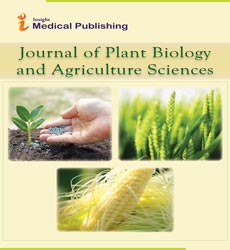Genomics and Metabolomics in Fraxinus excelsior in the context of ash dieback-Plant Genomics Webinar
Abstract
Common ash (Fraxinus excelsior) is a broadleaved tree species native to Europe and Asia seriously threatened by the invasive fungal pathogen Hymenoscyphus fraxineus,. This pathogen cause ash dieback resulting in the decimation of ash populations throughout the native range of Fraxinus excelsior. A small proportion of ash genotypes show natural resistance to ash dieback. However, the factors determining resistance and susceptibility against ash dieback in Fraxinus excelsior are not completely understood. Candidate metabolites and genes were identified using metabolomics and high-density SNP genotyping, respectively, in cohorts of ash genotypes with different levels of susceptibility to ash dieback. Results in the metabolomics analyses showed metabolites mainly in the coumarin and the secoiridoid biochemical families. Coincidentally, genes involved in the biosynthesis of these metabolites showed genotypic variants in the tolerant and susceptible cohorts of ash genotypes. These concurring results using a multi-omics approach reveal strong evidence for some of the main factors responsible for resistance against ash dieback in Fraxinus excelsior
Open Access Journals
- Aquaculture & Veterinary Science
- Chemistry & Chemical Sciences
- Clinical Sciences
- Engineering
- General Science
- Genetics & Molecular Biology
- Health Care & Nursing
- Immunology & Microbiology
- Materials Science
- Mathematics & Physics
- Medical Sciences
- Neurology & Psychiatry
- Oncology & Cancer Science
- Pharmaceutical Sciences
